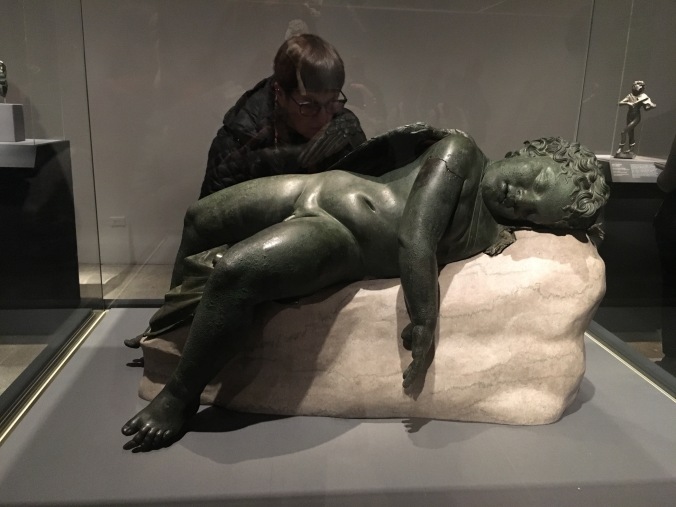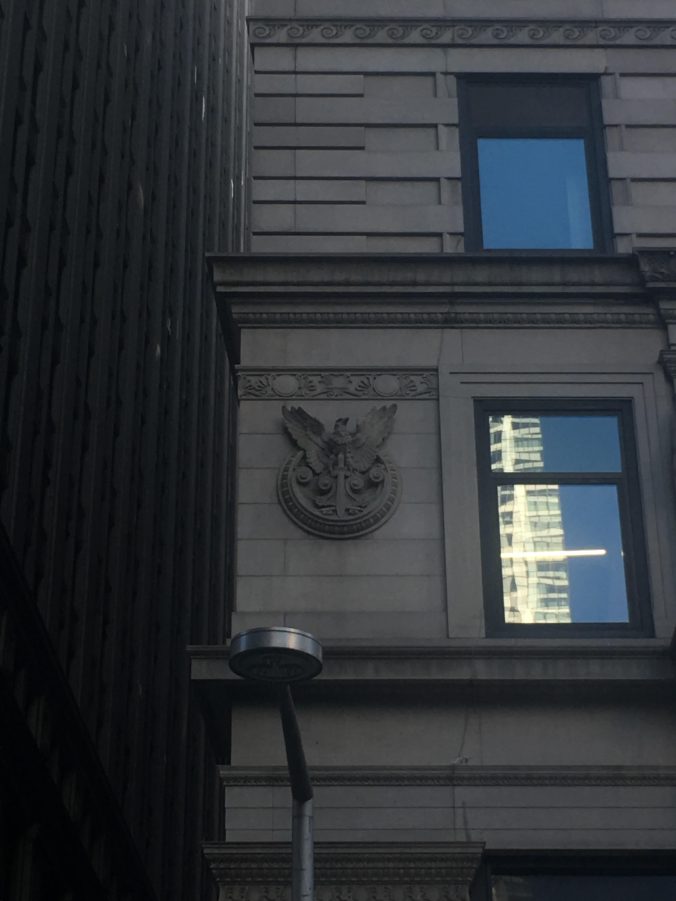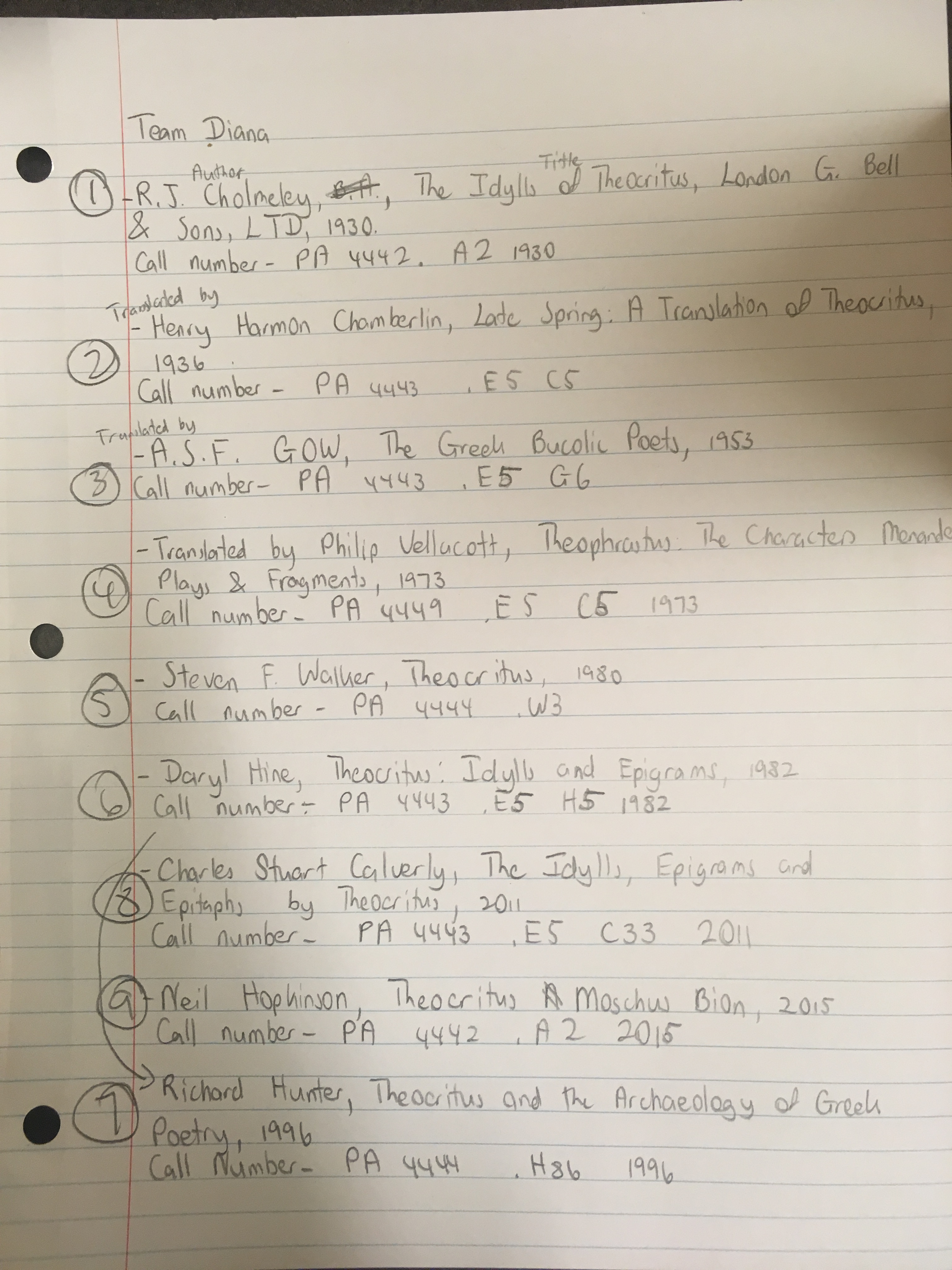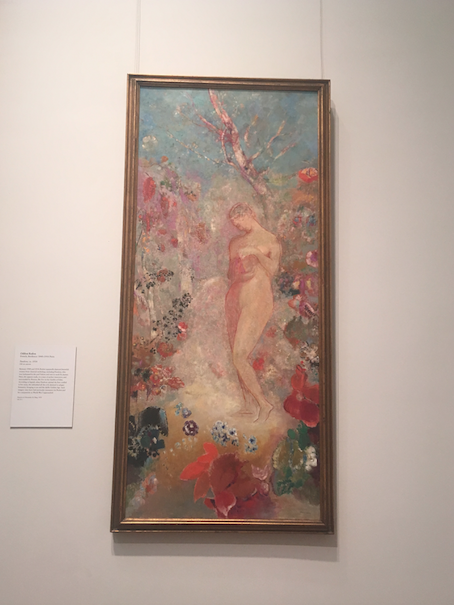Sean Kirby (46, father, living room of house in East Dover, Vermont)
Do you know who Alexander the Great was? Yep, of course.
What do you know about him? He was the leader of the Ottoman Empire, he had that great war with the Greeks.
Where did you learn about him? Probably when I had to study Homer in high school, or maybe 8th grade.
Maureen Krebs (68, grandmother, over the phone)
Do you know who Alexander the Great was? Yeah.
What do you know about him? Well whatever I know about him I think I’ve forgotten! I know he became King of Greece after his father passed away and he was a great commander. By the age of 30 he had conquered most of Asia and Africa, which is why he is known as one of the greatest commanders of all time.
Where did you learn about him? When I was in high school, but that was centuries ago.
Idalia Gonzalez (18, friend, in her house in Wilmington, Delaware)
Do you know who Alexander the Great was? Yeah, I do.
What do you know about him? I know he created the catapult in like Rome or something.
Where did you learn about him? In my Physics class last year we learned about capitulates, and spent like an entire day talking about Alexander the Great.
From the answers I received, it seems like people who know who Alexander the Great was know he was in charge of a military. From building catapults, to battling the Greeks, to conquering continents, it seems everyone knows that he was an important military figure. Another commonality between the answers was that, apparently, high schools do a good job teaching about Alexander, and everyone seems to remember that he was an important Greek figure. In the text we read, Alexander Romance, it’s widely common for people to be taught and learn about Alexander has being of the utmost importance. In the text it states that, as a young boy, “it became clearly evident that… he was being taught by some divinity” and “it was clear that [every] victory was of his doing.” Most of the texts about Alexander do stress his divinity and nature knack for being a strong and talented military commander. What I found interesting is that no one mentioned anything about Egypt, which was an important part of what we read in Alexander Romance. In that reading it was very prominent that Alexander was the “reincarnation” of King Nectanebus of Egypt. Alexander even stated he wanted to spend his riches “in Alexandria, which is in Egypt, and is the capital of the whole world” (Alexander Romance). According to that text, Egypt was highly important to Alexander; some might say more so than Greece was to him (although that text might be bias, as it was written by the Egyptians!).


 I saw this bronze statue, the Eros sleeping, in the Michelangelo exhibit at the Met. I feel like it is a perfect companion piece to Donatello’s David. We discussed in class about how David had classical elements like being nude, and being positioned in a sensual pose, even though he was depicted as a young boy. In this case, Michelangelo is depicting the God Eros as a really young boy, almost a baby, but he is lying in a sensual pose. Also, the Renaissance age included the rise of naturalism. in this hollow bronze statue, the bronze is sculpted so that Eros’ flesh looks very life like and soft. The bronze is also utilized in different textures, from his curly hair, to his soft skin, to his feathers. Although both Donatello and Michelangelo made statues of David, Michelangelo’s Eros sleeping is way more like Donatello’s David.
I saw this bronze statue, the Eros sleeping, in the Michelangelo exhibit at the Met. I feel like it is a perfect companion piece to Donatello’s David. We discussed in class about how David had classical elements like being nude, and being positioned in a sensual pose, even though he was depicted as a young boy. In this case, Michelangelo is depicting the God Eros as a really young boy, almost a baby, but he is lying in a sensual pose. Also, the Renaissance age included the rise of naturalism. in this hollow bronze statue, the bronze is sculpted so that Eros’ flesh looks very life like and soft. The bronze is also utilized in different textures, from his curly hair, to his soft skin, to his feathers. Although both Donatello and Michelangelo made statues of David, Michelangelo’s Eros sleeping is way more like Donatello’s David.








